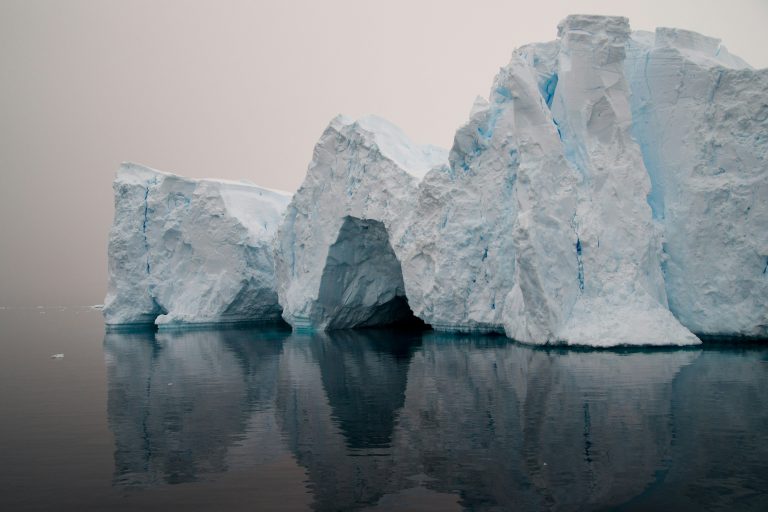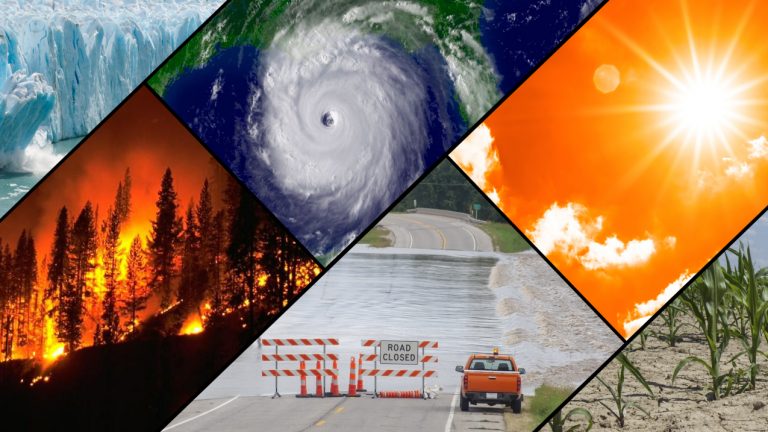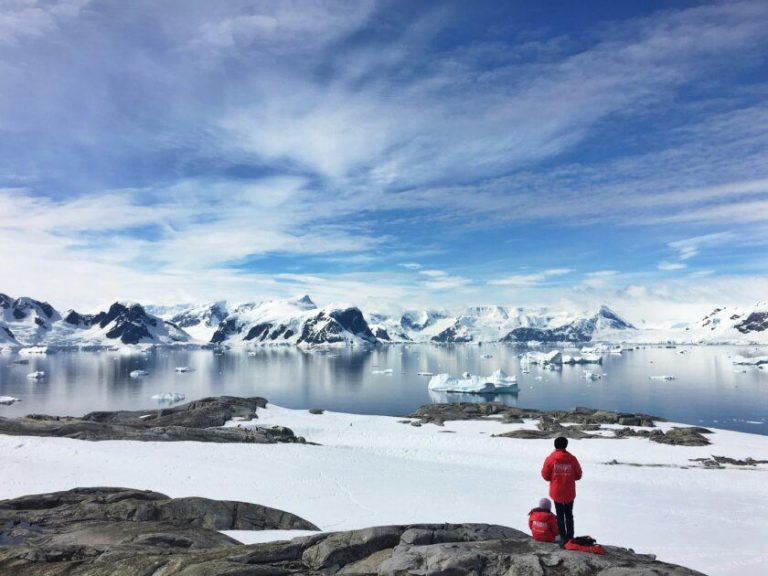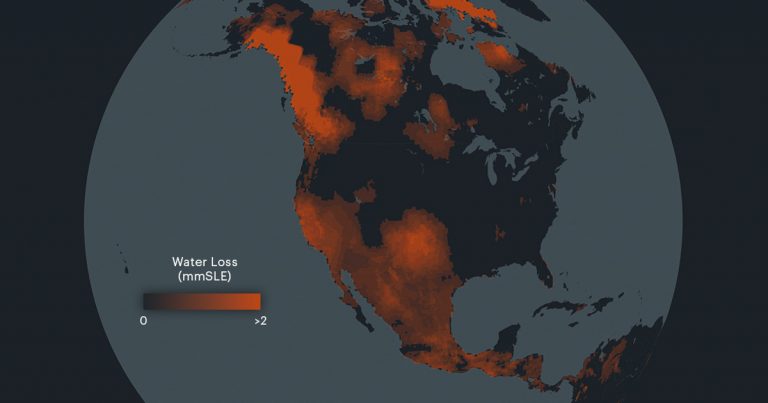Antarctica’s Red Flag Warning
Antarctica has moved to “the front of the line” as a global warming threat that’s already well beyond expectations, and it’s happening fast. Based upon statements by polar scientists over the past 18 months, it warrants a Red Flag Warning, meaning higher than expected risks of catastrophic meltdown within current lifetimes.
This meets criteria for the latest international concern surrounding climate change: “When is enough, enough” for world leaders to take to heart the risks of ecosystem failures and take extraordinary, drastic, unprecedented measures in unison to hopefully head off the onset of a maniacal worldwide climate system.















